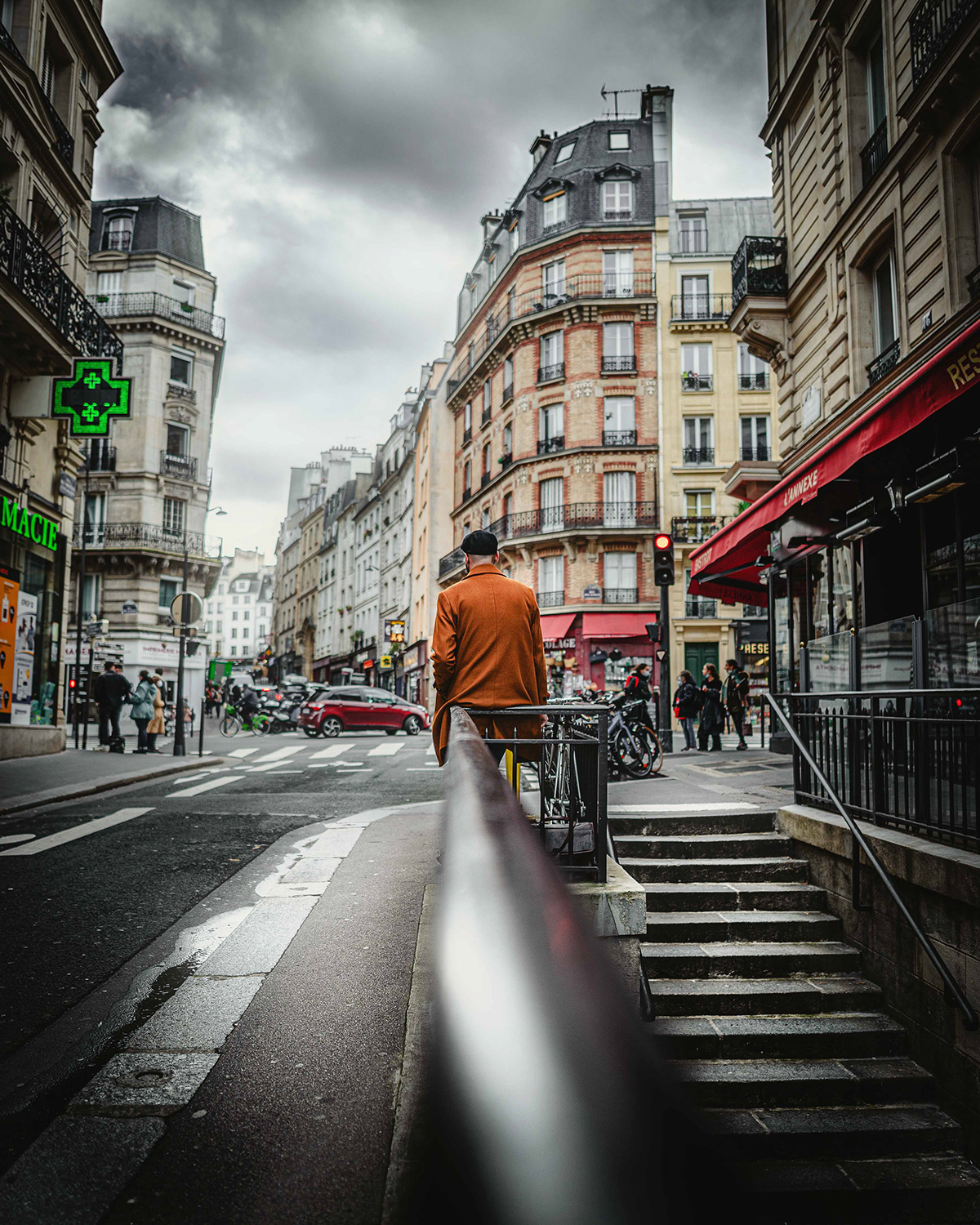The Only Guide for Street Photographers
The Only Guide for Street Photographers
Blog Article
Street Photographers - Questions
Table of ContentsStreet Photographers Fundamentals ExplainedStreet Photographers Fundamentals ExplainedNot known Incorrect Statements About Street Photographers Top Guidelines Of Street Photographers3 Simple Techniques For Street Photographers
Road professional photographers do not always have a social function in mind, yet they like to separate and record minutes which may or else go unnoticed.He was affected by numerous of those who influenced the road photographers of the 1950s and '60s, he was not chiefly interested in capturing the spirit of the street. The impulse to aesthetically document people in public started with 19th-century painters such as Edgar Degas, douard Manet, and Henri de Toulouse-Lautrec, that functioned side by side with professional photographers trying to capture the significance of metropolitan life.
As opposed to Atget, professional photographer Charles Marville was employed by the city of Paris to develop an encyclopaedic record of Haussmann's urban planning project as it unfolded, therefore old and new Paris. While the photographers' subject was essentially the exact same, the results were markedly different, demonstrating the impact of the photographer's intent on the character of the images he generated.
Given the fine quality of his pictures and the breadth of product, architects and musicians often bought Atget's prints to use as reference for their own job, though business passions were rarely his major inspiration. Instead, he was driven to photograph every last remnant of the Paris he enjoyed.
Indicators on Street Photographers You Need To Know
They disclose the city with his eyes. His work and basic understanding of photography as an art form acted as inspiration to generations of photographers that adhered to. The next generation of road digital photographers, though they likely did not describe themselves therefore, was ushered in by the photojournalism of Hungarian-born digital photographer Andr Kertsz.
Unlike his peers, Brassa made use of a larger-format Voigtlnder video camera with a much longer exposure time, compeling him to be much more computed and thoughtful in his method than he could have been if utilizing a Leica. (It is assumed that he may not have actually been able to manage a Leica during that time, yet he did, nevertheless, make use of one in the late 1950s to take colour photos.) Brassa's pictures of the Paris underworld lit up by fabricated light were a revelation, and the collection of the series that he published, (1933 ), was a significant success.
Cartier-Bresson was a champion of the Leica electronic camera and one of the first photographers to optimize its capacities. The Leica allowed the professional photographer to connect with the environments and to capture moments as they occurred. Its reasonably tiny size also helped the professional photographer discolor right into the history, which was Cartier-Bresson's recommended approach.
Street Photographers Can Be Fun For Anyone
It is as a result of this essential understanding of the art of photo taking that he is typically credited with uncovering the medium throughout once more about a century considering that its creation. He took pictures for even more than a half century and affected generations of digital photographers to trust their eye and intuition in the moment.
These are the questions I shall try to respond to: And after that I'll leave you with my own interpretation of road photography. Yes, we do. Let's start with defining what a definition is: According to (Street Photographers) it is: "The act of specifying, or of making something guaranteed, unique, or clear"
No, definitely not. The term is both restricting and misdirecting. Seems like a street digital photography must be photos of a roads ideal?! And all street digital photographers, besides a handful of outright beginners, will totally appreciate that a road is not i was reading this the essential component to road digital photography, and really if it's an image of a road with maybe a couple of dull people not doing anything of rate of interest, that's not road photography that's a photo of a street.
Getting The Street Photographers To Work
He makes a valid factor do not you think? Nevertheless, while I concur with him I'm not exactly sure "candid public photography" will capture on (although I do sort of like the term "candid photography") since "road digital photography" has been around for a very long time, with lots of masters' names affixed to it, so I think the term is here to stay.
You can shoot at the beach, at a celebration, in a street, in a park, in a piazza, in a official website coffee shop, at a museum or art gallery, in a metro station, at an occasion, on a bridge, under a bridge ...
Yes, I'm afraid we have no choice! Without guidelines we can not have an interpretation, and without a definition we don't have a category, and without a category we do not have anything to specify what we do, important link and so we are stuck in a "regulations definition category" loop!
Unknown Facts About Street Photographers

Report this page